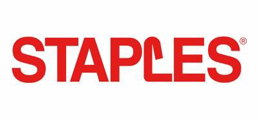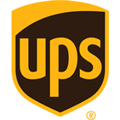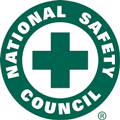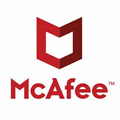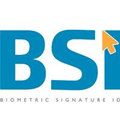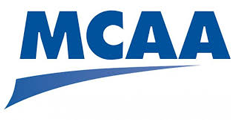Mother Nature can ruin your business: Get ready for natural disasters now
September is almost over. This means National Preparedness Month is nearing its end. Nevertheless, you must be prepared all year long to stay safe. National Preparedness Month culminates September 30th with National PrepareAthon Day.
 In the boxing ring, if you focus on the knockout punches too much, the quick sharp jabs are what may bring you down. This is how some businesses approach their security. They put too much emphasis on preventing that mountainous data breach, while smaller everyday threats sneak by.
In the boxing ring, if you focus on the knockout punches too much, the quick sharp jabs are what may bring you down. This is how some businesses approach their security. They put too much emphasis on preventing that mountainous data breach, while smaller everyday threats sneak by.
Those smaller threats may be difficult to get at, and they can knock you out for good. A company may have all eyes on that Russian hacking ring, a fire or hurricane. But threats come in all flavors.
A business just can’t use all its artillery against the “big” threats, because this will create non-flexible tactics that unravel in the face of an unexpected threat.
Unless company leaders are psychic, they can’t anticipate every possible threat. But being narrowly focused is no good, either. Here are some tips on how to widen that focus and plan for disaster:
- Certainly, gear up for the “big” threats like natural disasters and brick-and-mortar crimes. This includes having insurance plans, conducting evacuation training, and implementing additional protection like smoke detectors and fire extinguishers.
- Create a list of as many possible threats you can think of. If you can conceive it, it probably can happen.
- Come up with a backup location should your primary office location be rendered inoperable.
- Create a core response team for any kind of disasters, and see to it that the members are easy to reach. Have a secondary team in place in case anyone in the primary core can’t function.
- Establish post-disaster communication plans for employees, customers/clients and vendors. Have a list of backup vendors.
- Create security plans that are flexible rather than rigid, and make sure they are regularly updated.
- Back up all data. Have an onsite data backup as well as cloud backup.
- Replace computers every 2-3 years. But don’t wait that long if the following symptoms of a croaking computer occur: odd noises during boot-up; things taking way too long; a blue screen.
The preparation and prevention tactics above apply to businesses and really, everyone. Employees should be rigorously trained on proactive security and tricks that cyber thieves use. To learn more about preparing your small business for disasters, download Carbonite’s e-book, “Five Things Small Businesses Need to Know about Disaster Recovery.”
#1 Best Selling Author Robert Siciliano CSP, CEO of IDTheftSecurity.com is a United States Coast Guard Auxiliary Flotilla Staff Officer of the U.S. Department of Homeland Security whose motto is Semper Paratus (Always Ready). He is a four time Boston Marathoner, Private Investigator and is fiercely committed to informing, educating, and empowering people so they can be protected from violence and crime in the physical and virtual worlds. As a Certified Speaking Professional his “tell it like it is” style is sought after by major media outlets, executives in the C-Suite of leading corporations, meeting planners, and community leaders. Disclosures.












